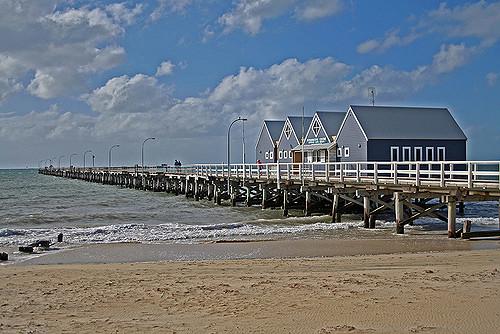Great news for the Australian solar industry! A blockchain grid is here and soon becoming part of Australia’s power grid. Next week, a lucky neighbourhood will be taken through a test trial of a system designed to trade surplus energy from solar panels between consumers using a ‘blockchain’ to record their transactions.
Operated by the local start-up PowerLedger, the trial project is scheduled to take place at a retirement village in Busselton, Western Australia. It’s another indication of the growing technological innovations within the energy industry.
A blockchain grid is a cryptographically secure ledger of each transaction made in a system which is stored across each computer in the network. Since every computer contains a continually updated copy of the ledger, there’s no central authority that controls it.
Instead, the computers in the network essentially self-monitors to prevent any sort of fraud. The concept of a self-monitoring economy started as the steering force behind bitcoin, a leading cryptocurrency, but has also been explored as a possible tool to be used across a range of real-world industries.
Residents along the Australian west coast enjoy sunshine for around 300 days a year – something that makes rooftop solar panels a very popular option, said Jemma Green, PowerLedger’s co-founder. Rather than export the excess power back to the energy company, the blockchain grid will allow consumers to trade directly with those around them, while the ledger keeps track of these transactions.
Solar Energy Sales On the Rise
“Consumers want to take control of their energy generation and consumption,” she says. “We want to show that this tech is so simple that anyone could use it.”
Raspberry Pi mini-computers will be fitted in energy meters for 20 households and a clubhouse in Busselton to track their energy usage. Homeowners will have the discretion to choose to whom and how much they will sell their surplus renewable energy, with every transaction being logged on the blockchain grid.
The first two months of the trial will be geared towards ensuring that the technology truly works, and no energy will be traded at this juncture. Actual deployments are scheduled to take place in Perth and Victoria next year.
Green further states that she was motivated by TransActive Grid, a similar project established in Brooklyn. So far, over 100 buildings have been enrolled in the project, something that is confirmed by LO3, the company that owns TransActive Grid. It plans to start trials in African and Europe as well.
“I think that there are going to be hundreds of blockchain energy companies springing up in the next couple of years,” says Lawrence Orsini, founder of LO3 Energy. “It’s going to be a really interesting time in the energy space.”



